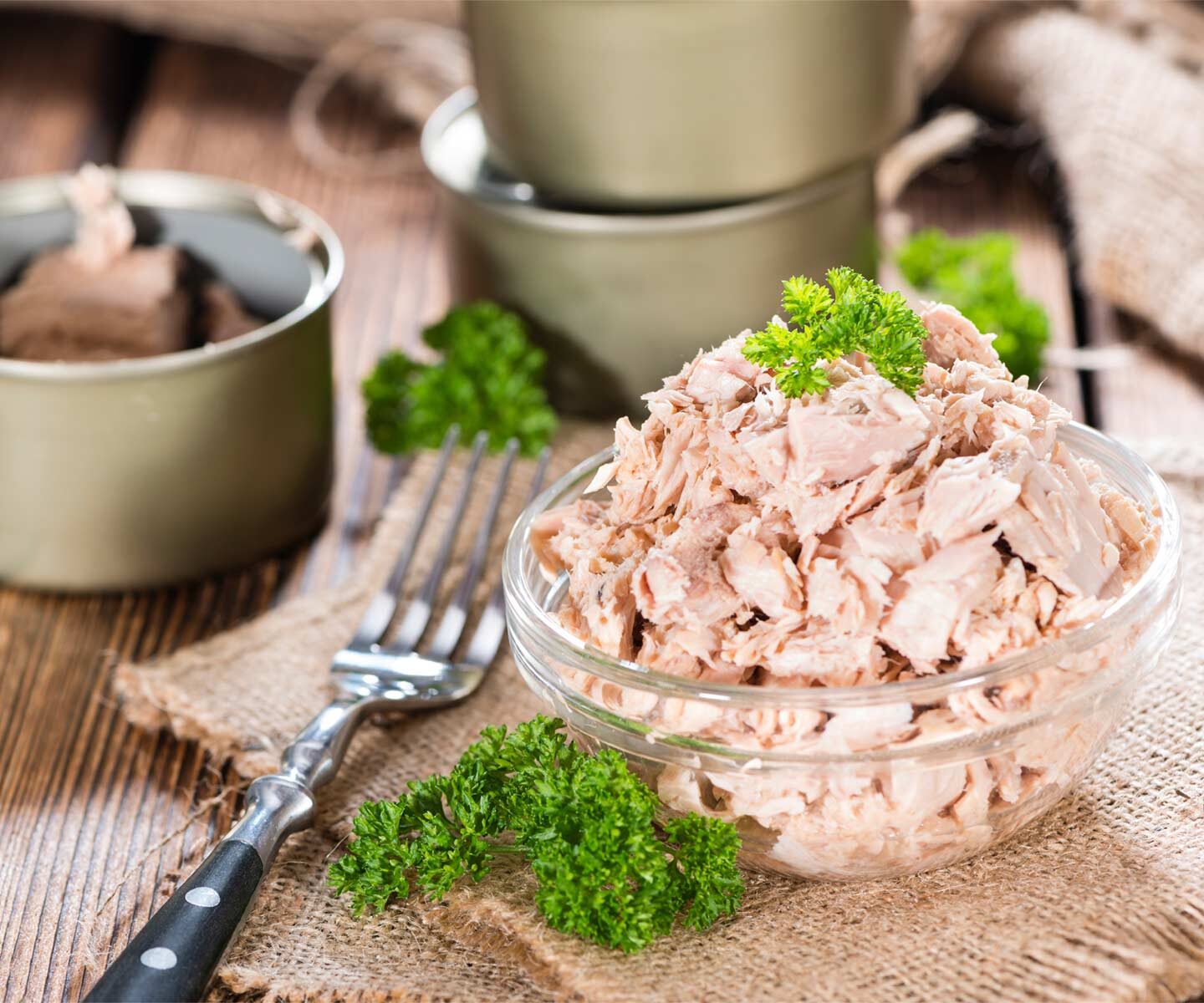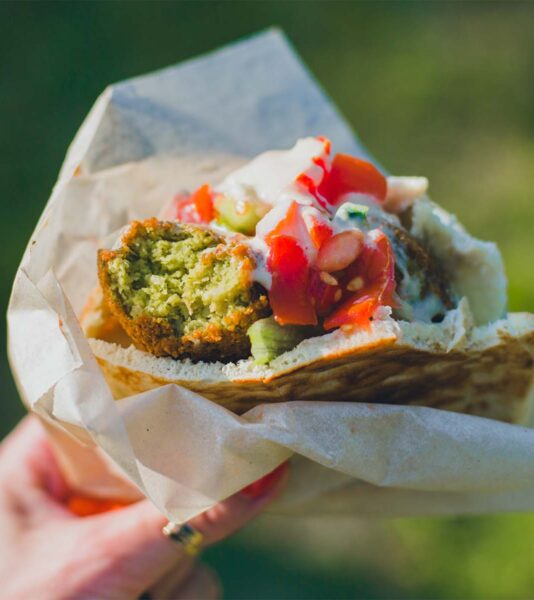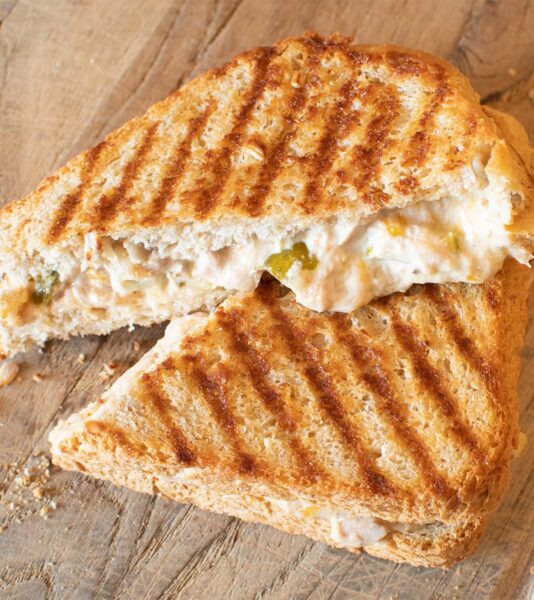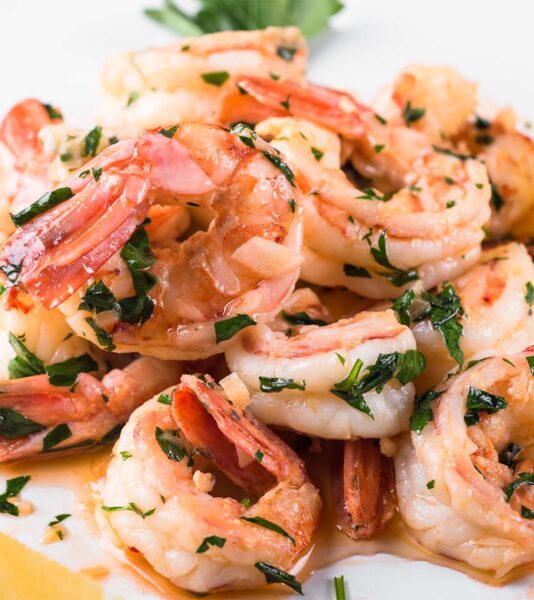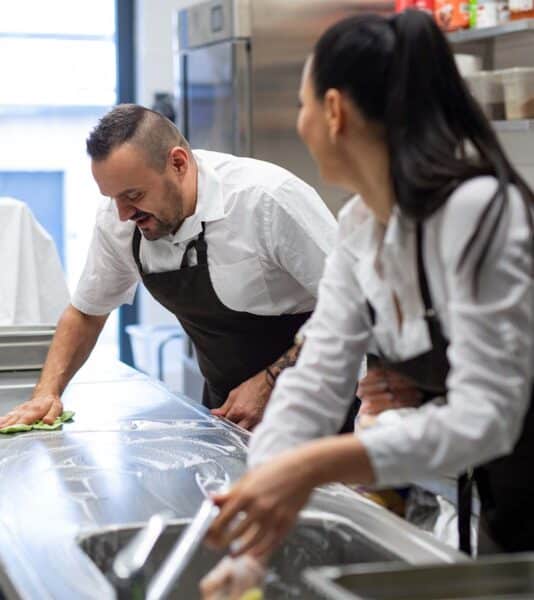The foodservice world is teeming with product lines. As an operator, how do you determine which to purchase? To find the best quality item for the best price, some managers use trial and error. Some just select the lowest price. Neither of these options is ideal. What’s the solution? A can-cutting provides a better look at all the available products to help meet your needs.
WHAT IS A CAN-CUTTING?
The term can-cutting comes from a time before we packaged seafood in pouches. Your can-cutting can be used to evaluate pouch seafood, too. It is an opportunity to review several products to determine which offers the right value for your needs.
RESEARCH, REQUEST SAMPLES, AND FORM A TASTE PANEL
To get started, research to find the product options available. The broader your list of products to evaluate, the better your results will be. Your distributor will be able to help you. Request samples of each product through a distributor or broker.
Using a taste panel will help you gather more information to make a sound decision. Solicit staff, customers, or your colleagues to be evaluators on your taste panel. The foodservice director should remain neutral and participate only as an observer. Using a taste panel allows you to receive a mixed variety of information to help make a solid, unbiased decision.
BLIND CAN-CUTTING FOR UNBIASED RESULTS
The products have arrived—now what? To get the most unbiased results, do a blind can-cutting. Have the coordinator remove or disguise the product labels, and instead label each one A, B, C, etc., keeping track of which letter goes with each product. This helps evaluators give an honest, uninfluenced perspective.
STEPS FOR A SUCCESSFUL BLIND CAN-CUTTING
On the day of the cutting, prepare the samples per the instructions for the product. Then:
- Provide basic information for each product. Provide the drained weight of each product and the nutritional information before the cutting. Save price per-pound or case for after the tasting so it does not sway the evaluators.
- Create a scoring tool and provide it on a sheet or card to each evaluator. Ask evaluators to rate each product 1-5 for color, texture, taste, nutrition, etc.
- Place a portion of the products, marked A, B, C, etc., on a plate in front of each can or pouch (with the labels removed or covered). Provide small plates and forks for the evaluators. Remember—in order to keep the process neutral and unbiased, do not share the brands with the taste panel.
- If the product is part of a buying group, this information should be collected and shared at the end of the tasting.
WHICH PRODUCT MAKES THE CUT?
Once the tasting and scoring have been completed, share the individual brands with the tasting panel. Add up the points to determine quality vs. cost.
Blind can-cuttings provide unbiased evaluation of products through a fair process. They empower the foodservice director to choose the best quality item at the most appropriate price. Taking the time to do a blind can-cutting will lead to happier customers—and a better bottom line.
